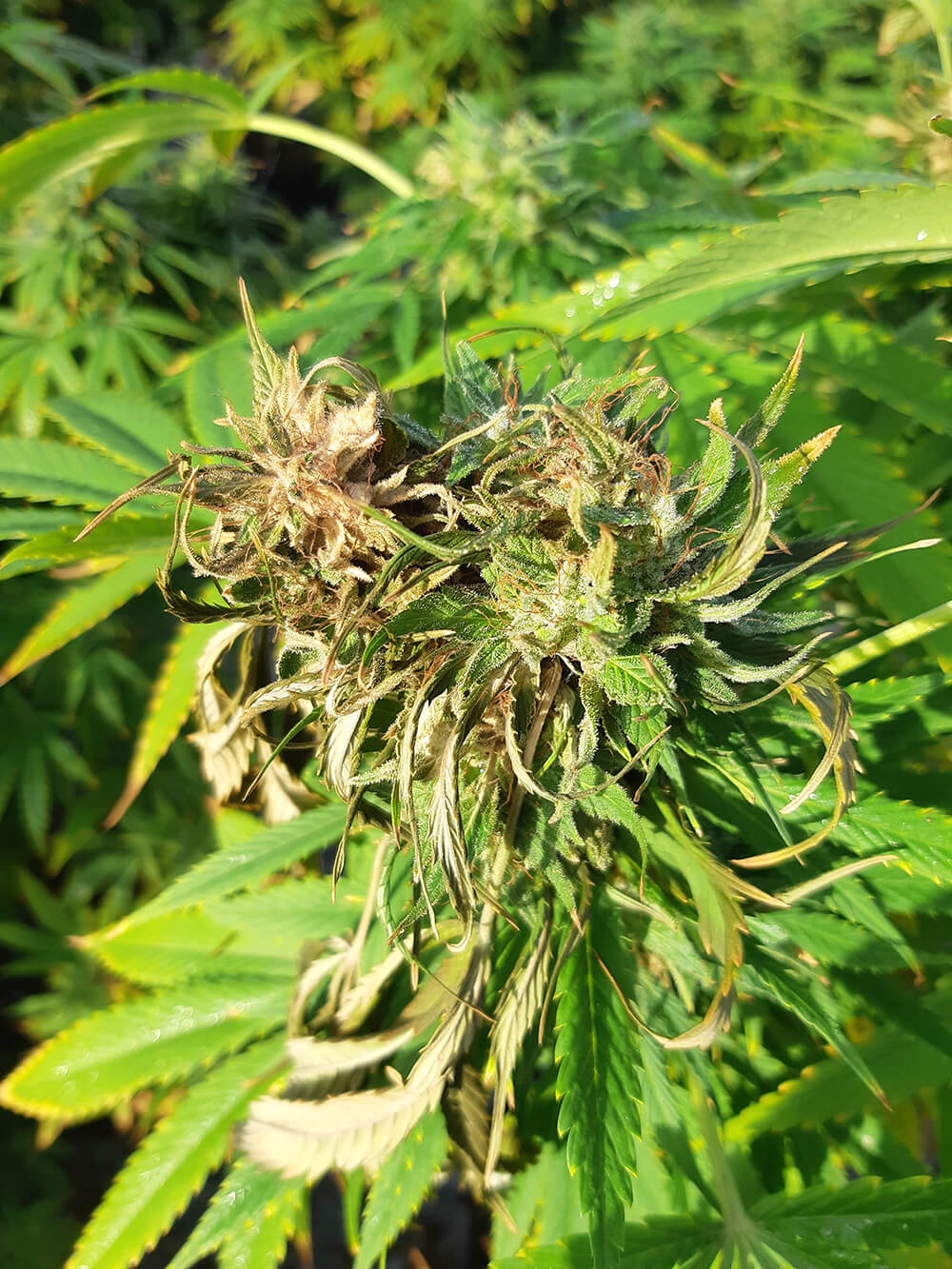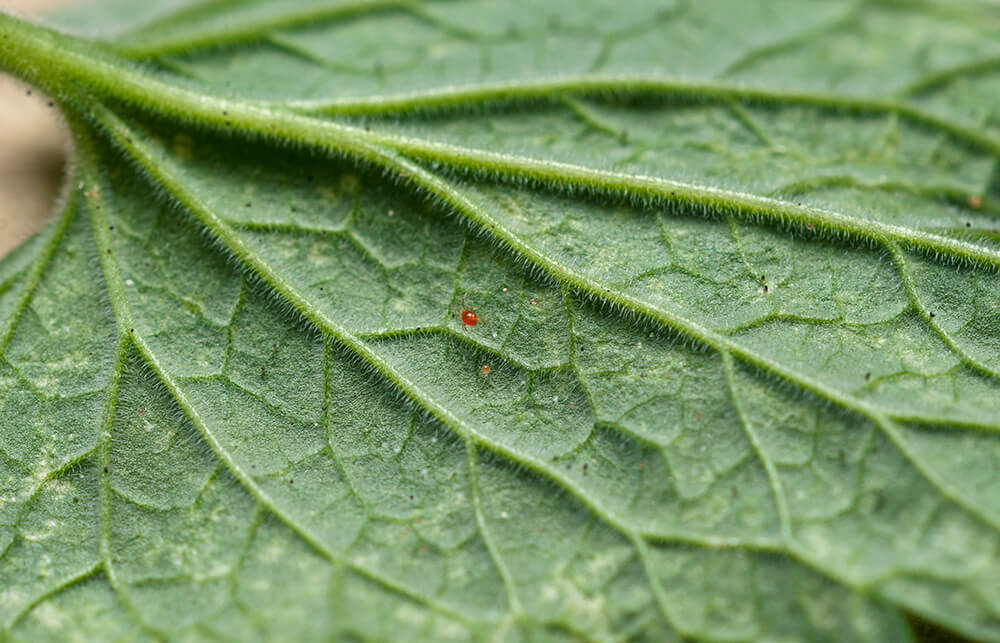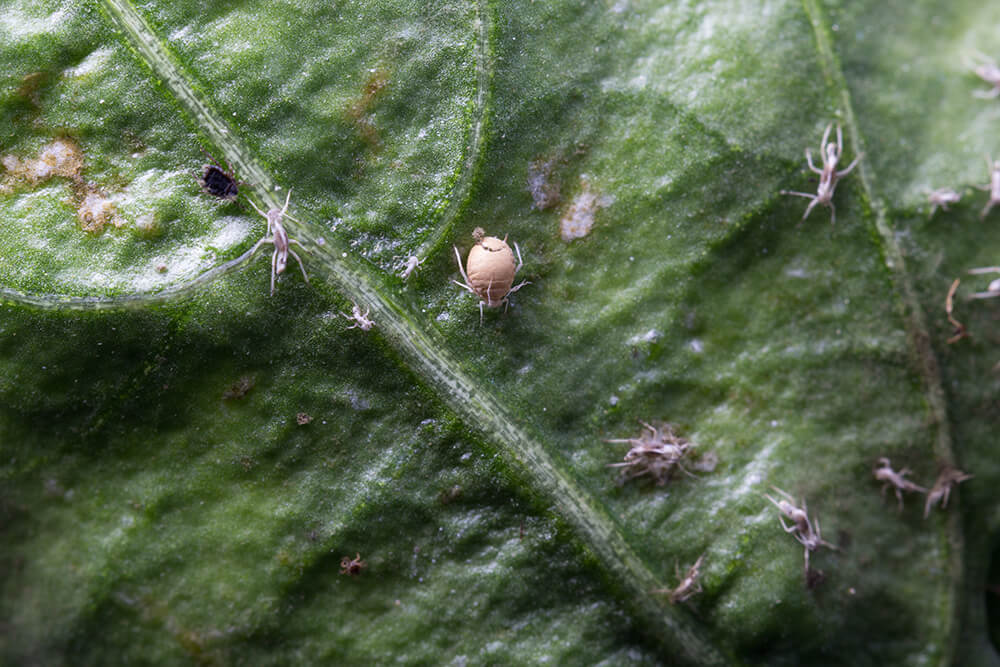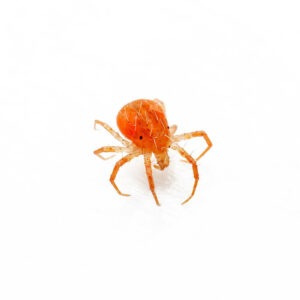Let’s talk Integrated Pest Management, otherwise known as IPM.
Ceres’ Sunny Kaercher “sat down” virtually with Dan Banks of Lightshade to discuss the basics of IPM. You can find a video interview here. In an effort to make this information more accessible we created a summary of their discussion about Integrated Pest Management and how to prevent and treat pests in your cannabis grow.
An outline of the questions and topics addressed. Click a link and follow along.
- Who is Dan Banks?
- What is Integrated Pest Management?
- Hierarchy of Controls in IPM
- What are the benefits of a holistic IPM program?
- Can you train anyone to scout for pests? Or is that a specific role for someone?
- Pathogens and water reclamation systems
- What are your favorite biocontrols for a greenhouse?
- Have you seen a beneficial organism appear in the greenhouse and not known where it came from?
- What does your dream grow facility look like, through the prism of IPM?
[/vc_column_text][/vc_column][/vc_row][vc_row el_id=”dan-banks”][vc_column][vc_column_text el_id=”dan-banks”]
Who is Dan Banks?
Dan Banks is currently the VP of Cultivation and Production for Lightshade, a vertically integrated operator in the Denver area. He studied at CSU and has a background in Hortical Science and Entomology, and has been working in the cannabis industry since 2012 in a number of roles.

[/vc_column_text][/vc_column][/vc_row][vc_row el_id=”What-is-integrated-pest-management”][vc_column][vc_column_text el_id=”What-is-integrated-pest-management”]
What is Integrated Pest Management?
Integrated Pest Management (IPM) is a multifaceted and proactive approach to pest management grounded in applied ecology. IPM requires a strong awareness and understanding of both the biology of the crop and the organisms that affect the crop, and also how the environment affects both of those things. Having a firm holistic knowledge of these interrelationships allows for a more nuanced understanding of pest life cycles and how to most effectively control them using a variety of different methods.
The basis of pest management is scouting, which is essentially observing and collecting information about what is present in the crop before looking at controls. Once information is collected then controls are looked at systematically.
The Hierarchy of Controls in IPM
- First, starting with proactive approaches and evaluating items that are in a sense “passive”. For example, assessing the structure of the facility, or any sort of barriers to pests that might exist (i.e, greenhouse thrip screening, air filtration, etc.).
- Evaluation of the environmental controls in the facility (i.e. manipulation of humidity in the environment, temperature, lighting, etc.).
- Cultural practices. This is everything about how you are growing your plants, and the techniques you are using throughout cultivation (i.e nutritional inputs, pruning, etc.). A dense canopy, for example, can create an environment that’s really conducive to pests. If evaporative cooling is used in the greenhouse, for example, the crop might be more susceptible to humidity related issues like botrytis. One consideration for treatment of botrytis could be to look at genetics that are more resistant to this fungus. Additionally, harvesting the tops of the plants around a week before the rest of the plant, is another technique for avoiding botrytis, as removal of these big buds can eliminate their ideal environment. These early harvest manicure events might seem counterintuitive. But, with most varieties yield remains pretty static and in some strains you might even see an increased yield, as the lower part of the plant is now given more space and light to grow bigger.
- Biocontrols. For cannabis grows this is typically using insects and mites that are predators of other insects or mites, as well as beneficial nematodes to use for soil control.
- Finally, compliant and responsible pesticide use. This might look like some routine applications on the vegetative side, or using biocontrols and only using pesticides as needed for outbreaks.

[/vc_column_text][/vc_column][/vc_row][vc_row el_id=”benefits-IPM”][vc_column][vc_column_text el_id=”benefits-IPM”]
What are the benefits of a holistic IPM program?
- More economical and more effective than just simply having a spray schedule.
- A cleaner product for the end user and safer practices for employees.
- Better awareness of the environment. General awareness of things we can do to reduce our impact. Pest applications can affect natural predators (in an outdoor environment). Being aware of how to use the environment to your advantage and also how to lessen your impact is important.
- More effective control.
You can’t spray your way out of a bad environment.
Integrated pest management can help you understand all of the nuanced relationships between the crop and the environment it is living in.
[/vc_column_text][/vc_column][/vc_row][vc_row el_id=”scout-pests”][vc_column][vc_column_text el_id=”scout-pests”]
Can you train anyone to scout for pests? Or is that a specific role for someone?
Having a relevant background is valuable. But attention to detail and trainability can be just as important. As long as someone has good attention to detail and an “eye” for spotting abnormal things in plants.
This focused attention to detail is important, however it is only part of the story. Not all bugs are bad. So understanding how something is interacting in the environment is important. Springtails for example, soil dwelling insects, don’t actually cause damage to the cannabis crop. Cultivators over the years have often misunderstood the role of springtails, which are hard to kill, but are not actually a problem.

With plant pathogens oftentimes the things you can’t see are the problems.
Pathogens and water reclamation systems
Oftentimes with plant pathogens you don’t see them, only the effect (i.e wilting). Dialing in remediation is important. Proactively sending in water samples, perhaps on a monthly basis, to a lab can help diagnose pathogens. Also, not just testing for pathogens is important, but testing nutrients. If you are recirculating water you must be aware of what is circulating in your system.
What is your favorite biocontrol for a greenhouse?
Phytoseiulus persimilis. A little red mite that eats spider mites. They are fast moving and voracious predators. Great for breaking the spider mite cycle. A common problem with spider mites is the infestation of mother plants. Then when clones are taken, the spider mites come off on the clones. People are hesitant to use pesticides on clones because they are so sensitive. Loading them up with persimilis does a fantastic job. They can also be really good for mother plants with dense canopies. And then for spot treatment as well. A hybrid approach is good and can make the use of pesticides more effective.

Aphidius colemani. A wasp parasite that burrows inside its host. They sting aphids and inject an egg, the egg hatches and kills the aphid from the inside out.

Have you seen a beneficial organism appear in the greenhouse and not known where it came from?
The whirligig mite. A naturally occurring mite.

What does your dream grow facility look like, through the prism of IPM?
More compartmentalization. With grow areas that hold crops of mixed age it is not possible to harvest a room and then clean everything out. So if something like the cannabis aphid appears it can jump from something that is further along to something younger. However, there is a tradeoff. For every wall you put up you lose on canopy space.
Also, a fully enclosed system with geothermal is a great option. Using evaporative cooling and venting can lead to issues with humidity and CO2.
Parting words:
Always something to learn! Analyze data and learn. Happy Growing!